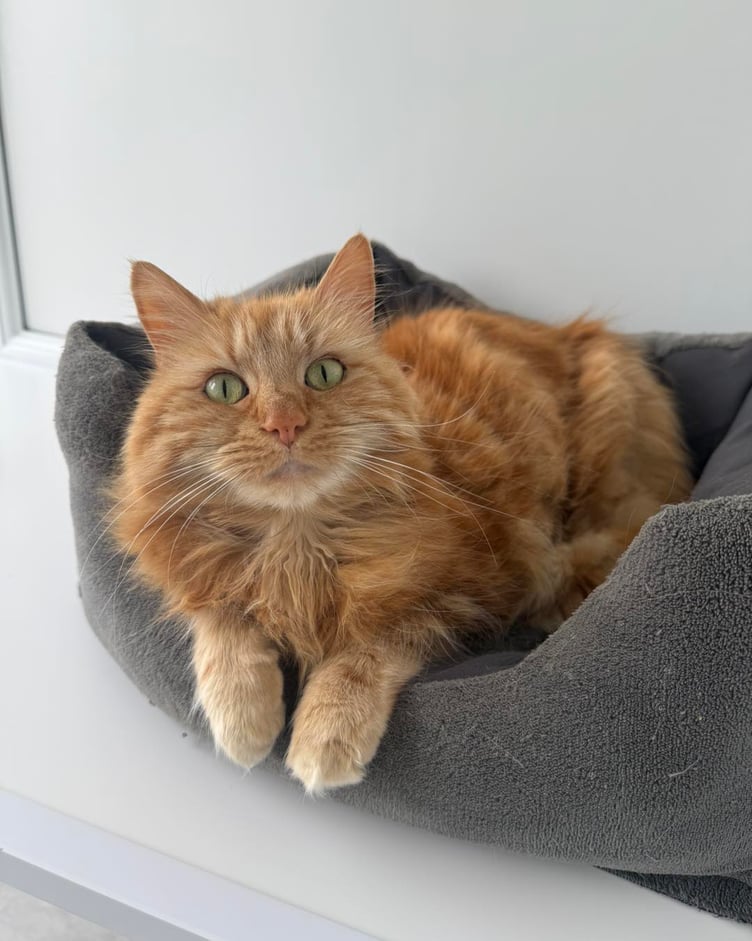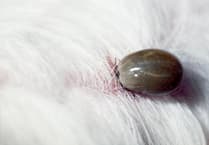In her column this week, ManxSPCA general manager Juana Warburton explores the ethical debate around a Danish zoo’s ‘perverse’ practice and introduces us to a ‘ginger girl’ looking for a new home...
Aalborg zoo in northern Denmark ignited an ethical debate earlier this month when it asked for donations – not for donations of money, but of live pets. The pets specifically requested by the zoo were chickens, rabbits, Guinea pigs and (perhaps most controversially) ponies, all of which had to be healthy but unwanted. Any donated pets are subsequently euthanised at the zoo, before becoming food for certain of its animals.
The zoo said it was trying to mimic the ‘natural nutrition’ that is needed by its large predators such as lions, tigers and lynx. These big cats have digestive systems that benefit from being able to eat the flesh, internal organs and fur of prey, and their teeth benefit from being able to crunch on a prey’s skeleton.
There has been a public outcry both in Denmark and in other European countries with people calling the zoo’s practice ‘perverse’ and a ‘sick invention’. The notion of feeding pets to zoo animals is clearly not acceptable to some people, but are they missing the point?
There doesn’t seem to have been a debate about the broader ethics involved with keeping big cats in captivity in a zoo environment; nor why a healthy pet should be euthanised. The ManxSPCA regularly rehomes chickens, rabbits and Guinea pigs, as well as the occasional pony, and there are plenty of rehoming charities in Denmark ... so why are they not being used as an alternative
Ethics aside, Aarlorg zoo has been pretty cagey about the methods it uses to euthanise the donated pets, other than stating that they are ‘gently euthanised by trained staff’. These pets can’t be euthanised in the way a vet would normally carry out the procedure – i.e. with an injection of barbiturate that causes unconsciousness and then heart failure. Any drugs injected into the pets would then be ingested by the big cats with potentially fatal consequences.
Other methods, such as ones that involve bolts, are often not ‘gentle’. An added dilemma is that the journey to the zoo may well be a stressful one for the pets concerned, in particular for the ponies. Once at the zoo these highly sensitive creatures will undoubtedly pick up on the smells and noises around them and, quite possibly, be terrified.
But, other than a lack of detail around its euthanasia methods, the zoo is clearly not trying to sugar coat its ‘pets as food’ practices. It is even offering pony owners a tax deduction based on the equine’s value and on its weight.
Fortunately, the cats we have in our care at the ManxSPCA are happy to eat their meat in a relatively uncontroversial way via tins and sachets ... but one could argue that this is simply disguising the fact that another animal has been killed for the purpose of feeding a carnivore.
Blissfully unaware of food provenance ethics, ginger girl Clementine has enjoyed the ManxSPCA’s hospitality and catering service for longer than we expected (just over two months, in fact). She is very friendly, rather beautiful and eminently rehomeable. She’s eleven years old but, because this is the time of year that we have the highest number of kittens in our care, the middle-aged and older cats are being overlooked by potential adopters.
Clementine would prefer to be the only pet in her new home – a home where she can live a quiet life, and be her new human’s constant companion. She needs a bit of extra help grooming her luxurious coat, but other than needing a weekly brush she’s a low maintenance girl who is in excellent health.
If you think Clementine could be the cat for you, the ManxSPCA’s home finder form can now be completed and submitted online via our website (www.manxspca.com), as well as being available to print off.



.jpeg?width=209&height=140&crop=209:145,smart&quality=75)
